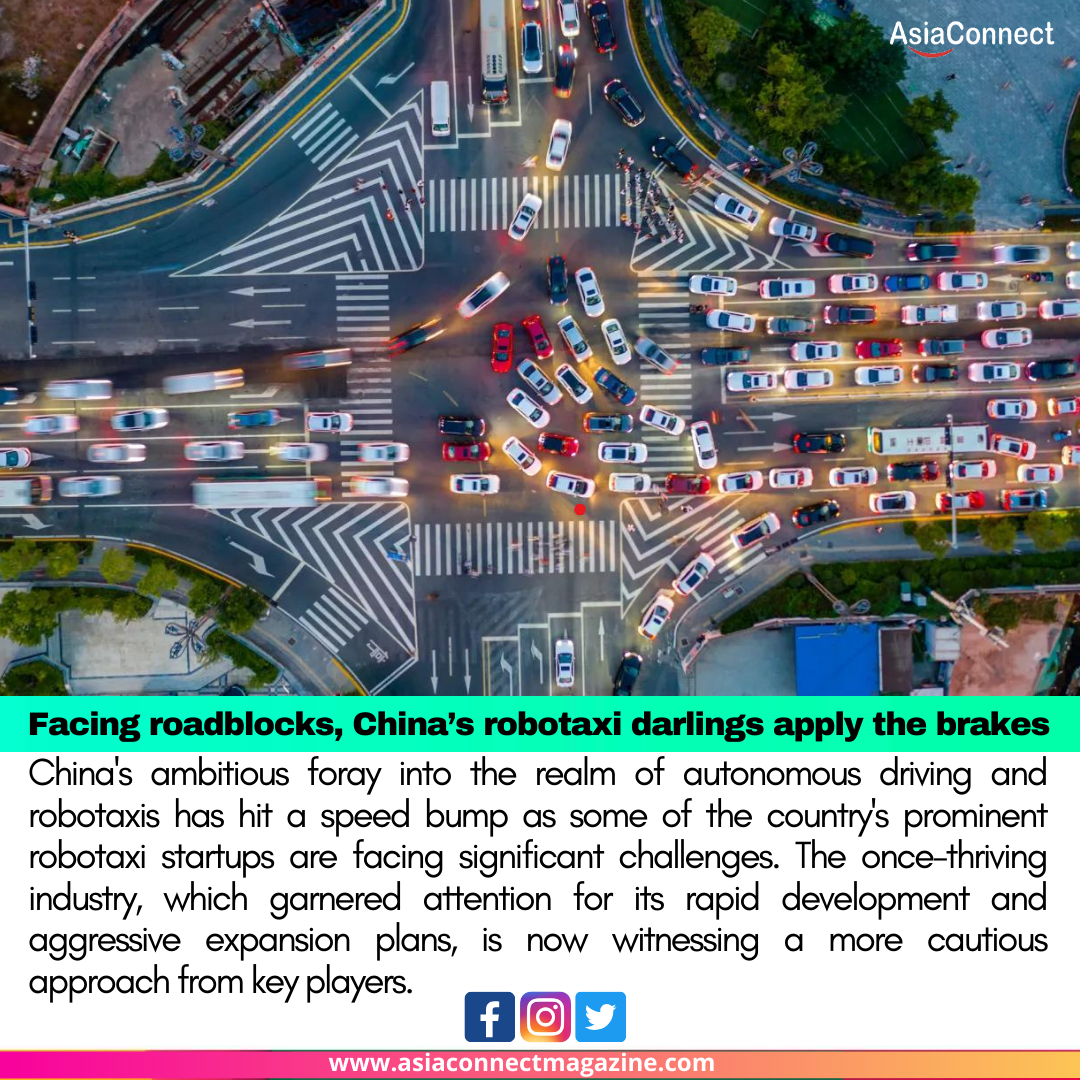China’s ambitious foray into the realm of autonomous driving and robotaxis has hit a speed bump as some of the country’s prominent robotaxi startups are facing significant challenges. The once-thriving industry, which garnered attention for its rapid development and aggressive expansion plans, is now witnessing a more cautious approach from key players.
Several factors contribute to the slowdown in China’s robotaxi sector, including regulatory hurdles, technological challenges, and evolving market dynamics. As a result, companies that were once hailed as darlings of the autonomous driving revolution are now applying the brakes, reevaluating their strategies, and adopting a more measured approach to navigate the complexities of this nascent industry.
One of the primary roadblocks faced by Chinese robotaxi companies is the stringent regulatory environment. The rapid development of autonomous vehicles has raised concerns among regulators globally about safety, liability, and the potential impact on traditional transportation modes. In China, where the government has been proactive in addressing these concerns, companies are finding it challenging to obtain the necessary approvals to deploy robotaxis on a large scale.
Additionally, the technology required for fully autonomous driving is still in its early stages, and companies are grappling with the complexity of developing robust systems that can operate safely in diverse and dynamic urban environments. The need for continuous testing and refinement adds both time and cost to the development process, causing delays in the commercialization of robotaxi services.
Market dynamics and consumer acceptance also play a crucial role in shaping the fate of China’s robotaxi industry. The initial enthusiasm surrounding autonomous vehicles has given way to a more pragmatic outlook, with consumers and investors becoming more discerning about the practicality and safety of these services. As a result, companies are reevaluating their business models and deployment timelines to align with market expectations.
Notably, some of China’s prominent robotaxi startups, once valued at billions of dollars, have adjusted their strategies in response to these challenges. Instead of aggressively expanding their fleets and services, they are now focusing on incremental deployments in controlled environments, collaborating with local authorities, and engaging in extensive testing to build confidence in the safety and reliability of their autonomous systems.
The shift in approach is evident in the statements from executives at these companies, acknowledging the need for a more cautious and strategic approach. They emphasize the importance of building public trust, working closely with regulators, and ensuring that their technologies meet the highest safety standards before scaling up operations.
While the current challenges are formidable, they also present an opportunity for consolidation and innovation within the Chinese robotaxi industry. Companies are exploring partnerships, seeking investment from strategic stakeholders, and actively participating in research collaborations to overcome technical hurdles. This period of recalibration may pave the way for more sustainable growth in the long run.
In conclusion, China’s robotaxi darlings are experiencing a slowdown as they grapple with regulatory hurdles, technological complexities, and evolving market dynamics. The once-aggressive expansion plans have given way to a more cautious and strategic approach, with companies focusing on building public trust, collaborating with regulators, and ensuring the safety and reliability of their autonomous systems. While the road ahead may be challenging, this period of recalibration could lead to a more sustainable and mature autonomous driving industry in China.





